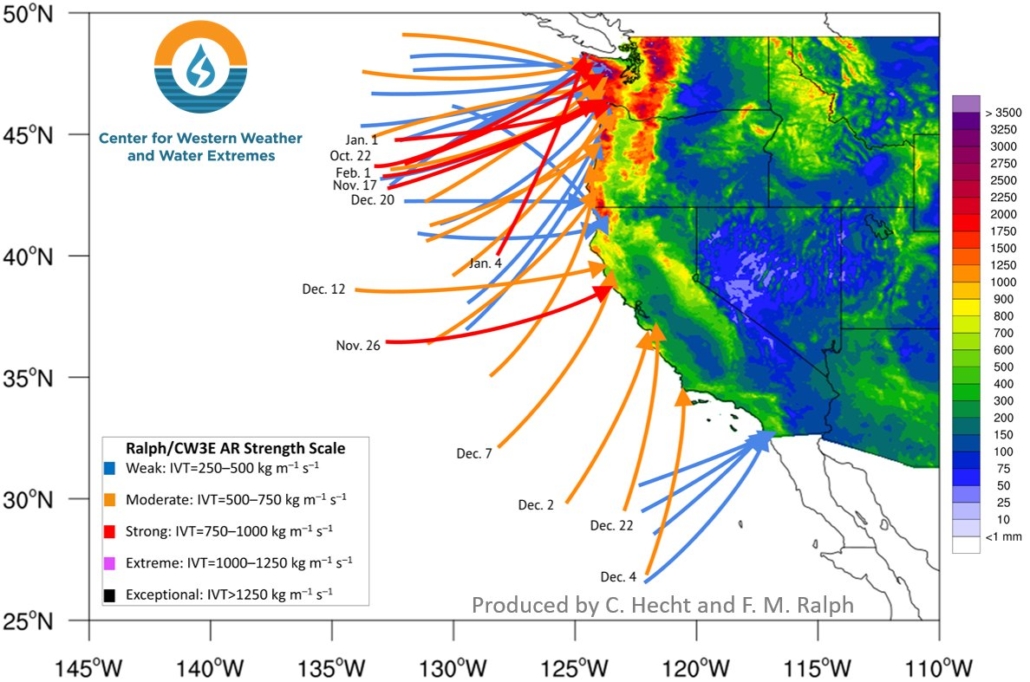Scientists know that coronaviruses, including the SARS-CoV-19 virus responsible for the COVID-19 pandemic, can remain infectious for days — or even longer — in sewage and drinking water.
Two researchers, Haizhou Liu, an associate professor of chemical and environmental engineering at the University of California, Riverside; and Professor Vincenzo Naddeo, director of the Sanitary Environmental Engineering Division at the University of Salerno, have called for more testing to determine whether water treatment methods are effective in killing SARS-CoV-19 and coronaviruses in general.
The virus can be transported in microscopic water droplets, or aerosols, which enter the air through evaporation or spray, the researchers wrote in an editorial for Environmental Science: Water Research & Technology, a leading environmental journal of the Royal Society of Chemistry in the United Kingdom.
“The ongoing COVID-19 pandemic highlights the urgent need for a careful evaluation of the fate and control of this contagious virus in the environment,” Liu said. “Environmental engineers like us are well positioned to apply our expertise to address these needs with international collaborations to protect public health.”




